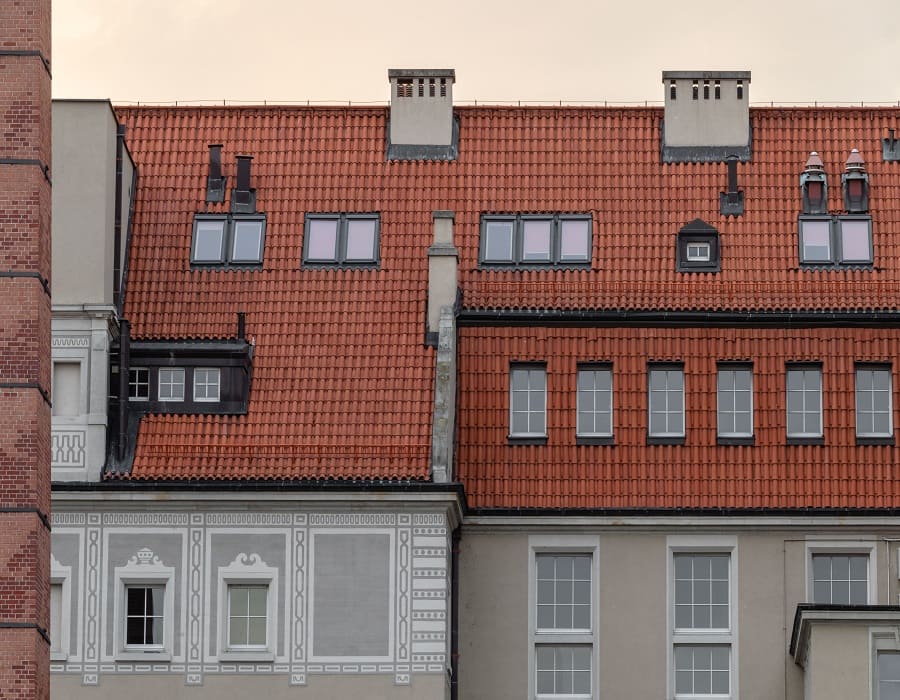Gutters, an integral part of modern buildings, have a fascinating history that spans centuries. Rain gutters have become an indispensable component of modern homes, providing essential protection against water damage and erosion. But do you know when were gutters invented?
In this article, we will delve into the evolution of gutters, exploring when rain gutters, house gutters, and roof gutters were invented and how they have evolved over time.
When were rain gutters invented?
You must thought when were roof gutters invented? The history of rain gutters dates back to ancient civilizations, where various techniques were employed to manage rainwater runoff from roofs. Here’s a brief timeline of the evolution of rain gutters:
When were house gutters invented?
The Early Days: Origins of Rain Gutters
Ancient Civilizations:
- Rome (c. 27 BC – 476 AD): Romans used an advanced system of aqueducts and drainage channels to manage rainwater. While not exactly gutters as we know them today, these systems helped direct rainwater away from buildings.
- Egypt (c. 3150 BC – 30 BC): Ancient Egyptians employed drainage channels and sloping roofs to direct rainwater away from structures, showcasing an early understanding of the importance of managing rain runoff.
Ancient Civilizations and Rainwater Management:
Rain gutters find their roots in ancient civilizations where people devised ingenious ways to manage rainwater.
Early cultures, including those in ancient Rome, Greece, and Egypt, implemented rudimentary drainage systems to redirect rainwater away from structures. These early prototypes laid the foundation for the development of more sophisticated rain gutters.
First Known Gutters
The first recorded use of rain gutters dates back to the 17th century in Europe. Wooden gutters, primarily made of oak, were affixed to the roofs of homes to channel rainwater away from the foundation.
These early gutters were basic in design but marked the beginning of a solution to protect buildings from water damage.
Medieval and Renaissance Periods
- Medieval Europe (5th – 15th centuries):
Gargoyles, decorative water spouts often found on cathedrals and castles, served the dual purpose of directing rainwater away from the building. These architectural elements were both functional and artistic.
- Renaissance (14th – 17th centuries):
Architectural treatises from this period, such as those by Leon Battista Alberti, hinted at evolving strategies for rainwater management. Wooden gutters became more common during this time.
Roof Gutters: 20th Century Innovations
House Gutters: 19th Century Advancements
- Industrial Revolution Impact
The 19th century brought about significant advancements in gutter technology, driven in part by the Industrial Revolution. The shift from wood to metal, particularly iron and galvanized steel, marked a substantial improvement in durability and longevity.
As urbanization expanded, the need for efficient rainwater management in densely populated areas led to the widespread adoption of house gutters.
- Mass Production and Accessibility
With the advent of mass production techniques, gutters became more accessible to the general population.
This democratization of gutter systems contributed to the widespread use of gutters on residential structures, protecting homes from the damaging effects of rainwater.
20th Century:
- Mid-20th Century:
The introduction of new materials, such as aluminum and later vinyl, revolutionized gutter construction. These materials offered corrosion resistance and required less maintenance than traditional materials.
- Seamless Gutter Systems:
The mid-20th century also saw the development of seamless gutter systems. Instead of joining multiple sections, seamless gutters are formed from a single piece, reducing the likelihood of leaks and improving efficiency.
Materials Evolution
The 20th century witnessed further evolution in gutter technology, with a focus on materials that enhanced performance and reduced maintenance. Aluminum, due to its rust resistance and lightweight nature, gained popularity as a preferred material for roof gutters.
This era also saw the introduction of seamless gutters, which minimized leakage points and improved overall efficiency.
Modern Design and Functionality
Advancements in manufacturing techniques allowed for the development of gutter systems with improved designs and functionalities. Features such as gutter guards, which prevent debris buildup and clogging, became standard, enhancing the longevity and effectiveness of roof gutters.
Contemporary Innovations and Sustainability
21st Century:
- Smart Gutter Technologies:
With the advent of smart home technology, some gutter systems now incorporate sensors to detect clogs and other issues. This allows for proactive maintenance and helps prevent water damage.
- Environmental Considerations:
Modern gutter designs often prioritize sustainability. Rainwater harvesting systems, which collect and store rainwater for later use, have gained popularity as an eco-friendly option.
Technological Integration:
In the 21st century, gutters have continued to evolve with the integration of technology. Smart gutter systems equipped with sensors and self-cleaning mechanisms have become a reality, offering homeowners greater control and convenience in managing rainwater runoff.
Sustainable Practices:
Increasing environmental awareness has led to the development of eco-friendly gutter solutions. Rainwater harvesting systems, which collect and store rainwater for reuse, have gained popularity as a sustainable practice.
Additionally, the use of recycled materials in gutter manufacturing reflects a commitment to environmental responsibility.
Conclusion
In conclusion, when were gutters invented? From humble beginnings in ancient civilizations to the technologically advanced gutter systems of today, the history of gutters is a testament to human ingenuity and the ongoing quest for improved functionality.
Rain gutters, house gutters, and roof gutters have come a long way, providing essential protection to structures and contributing to the longevity of buildings.
As we look to the future, the evolution of gutter technology is likely to continue, driven by a combination of innovation, sustainability, and the ever-present need for effective rainwater management.

